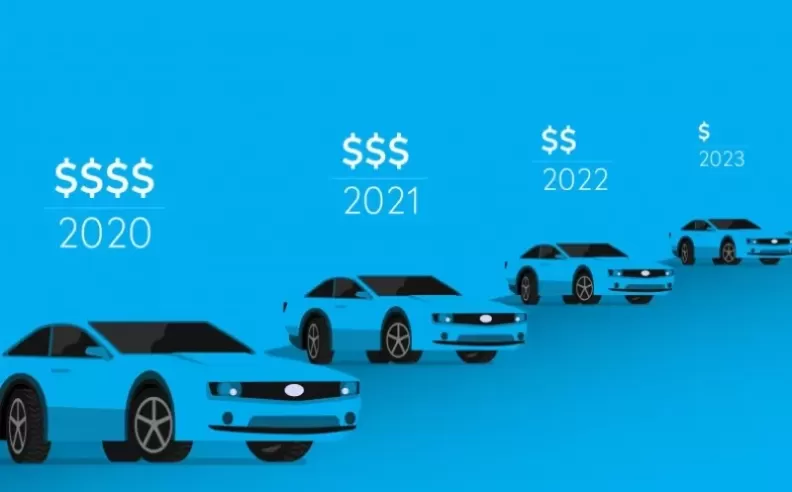
In the world of automotive ownership, buyers fall into two camps: those who keep their cars until they no longer run, and those who plan for an upgrade, swap, or sale down the line. If you're among the latter, the resale value of your car becomes a key financial consideration. While many factors influence how much a used vehicle is worth, some go unnoticed, yet they can make a real difference when it's time to sell.

The first major influencer of a car’s resale value is reputation. Vehicles with a strong track record for reliability, efficiency, and durability are always in high demand. Brands known for solid engineering and long-lasting performance tend to maintain higher resale prices. This is especially true in markets like Saudi Arabia, where trust in a vehicle’s build quality drives repeat purchases.
Model year also plays a crucial role. Most cars lose up to 30% of their value annually, but that doesn't apply universally. Some well-engineered vehicles older than five years still hold impressive value thanks to lasting design, parts availability, and market popularity. Add to that the importance of trim level and features: a higher-spec model with advanced tech and comfort features is more attractive to buyers and thus retains value better than base models.

A car’s external and internal condition can either boost its market price or sink it. One of the most visually obvious aspects is the paint job. Buyers are quick to judge a vehicle by how it looks, and faded paint, sun damage, or poorly done repairs can slash the resale price. Regular cleaning, careful parking, and professional washing help preserve that showroom shine.
Interior upkeep is just as vital. From the dashboard to the seats, a clean, well-maintained cabin signals responsible ownership. But even more critical is mechanical maintenance. Keeping up with scheduled servicing, preferably through an official dealer, ensures smoother performance and builds trust with potential buyers. Comprehensive maintenance records and a clean accident history go a long way.
Lastly, odometer reading matters. High mileage suggests wear and tear, while lower figures indicate less usage and better longevity. Every kilometer counts, especially in regions where buyers scrutinize mileage closely as a proxy for remaining vehicle life.

Started my career in Automotive Journalism in 2015. Even though I'm a pharmacist, hanging around cars all the time has created a passion for the automotive industry since day 1.

